30 million NFC phones were shipped in 2011, huge growth ahead
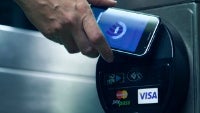
Global shipments of NFC handsets jumped 10 times to reach 30 million phones in 2011, according to the latest research by Berg Insight. There were more than 40 different handsets from leading manufacturers - such as the Samsung Galaxy Nexus - released with NFC on board.
And the growth trend will continue. By 2016, the research firm expects there to be nearly 700 million NFC-enabled handsets on the market.
Usually, near-field communications (NFC) technology is usually associated with cashless payments on cell phones. It’s not the only use, though. NFC could help all kinds of low-energy transactions between devices. Merchant adoption however will not be as fast as initially expected - the expensive terminals and massive changes needed will take at least a couple of years to complete. In the meantime, though, NFC will appear on phones for other reasons:
“Even though it will take some time before the stakeholders agree on business models for payment networks, other use cases such as reading tags and easy pairing of devices may well be compelling enough for handset vendors to integrate NFC in mid- and high-end devices already today,” senior analyst at Berg Insight André Malm said.
One of the biggest - if not the biggest - swing factors for NFC is the next iPhone. So far, Apple has opted to include the low-energy Bluetooth 4.0 specification that can be used for purposes similar to NFC. With a thriving surrounding ecosystem, an NFC iPhone could give the needed push for NFC.
Are you personally looking for NFC in your next smartphone or is this more of a theoretical advantage for you? Let us know in the comments below.
source: Berg Insight via BGR
Shipments of NFC-enabled handsets reached 30 million units in 2011
Gothenburg, Sweden – March 26, 2012: According to a new research report by Berg Insight, global sales of handsets featuring Near Field Communication (NFC) increased ten-fold in 2011 to 30 million units. Growing at a compound annual growth rate (CAGR) of 87.8 percent, shipments are forecasted to reach 700 million units in 2016. The global rise in smartphone adoption is also driving higher attach rates for other wireless connectivity technologies in handsets including GPS, Bluetooth and WLAN. These connectivity technologies are already a standard feature on high-end smartphones and most medium- and low-end models. Declining costs will also enable broader integration in the featurephone segment that is rapidly gaining smartphone-like functionality.
The attach rate for GPS among GSM/WCDMA/LTE handsets reached 31 percent in 2011 and grew to 38 percent for all air interface standards. Shipments of WLAN-enabled handsets have more or less doubled annually in the past four years and the attach rate increased to 33 percent in 2011. WLAN connectivity in handsets enables a range of use cases including offloading data traffic from increasingly congested mobile networks, media synchronisation and indoor navigation services. “Reliable indoor navigation systems for handsets need hybrid location technologies that fuse signal measurements from multiple satellite systems like GPS and GLONASS with cellular and WLAN network signals, together with data from sensors such as accelerometers, gyroscopes, compasses and altimeters”, said André Malm, Senior Analyst, Berg Insight. He adds that periodic calibrations using satellite and wireless network signals are necessary to compensate for the low data accuracy and high drift obtained from low cost sensors used in handsets today.
The NFC technology for short-range wireless point-to-point communication reached a breakthrough in 2011 when several leading handset vendors released more than 40 NFC-enabled handsets. NFC can be used for countless applications such as paring devices to establish Bluetooth or WLAN connections, information exchange, electronic ticketing and secure contactless payments. “Even though it will take some time before the stakeholders agree on business models for payment networks, other use cases such as reading tags and easy pairing of devices may well be compelling enough for handset vendors to integrate NFC in mid- and high-end devices already today” concluded Mr Malm.

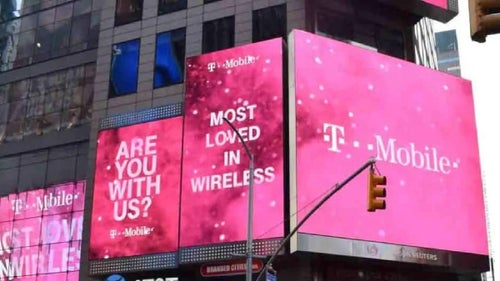
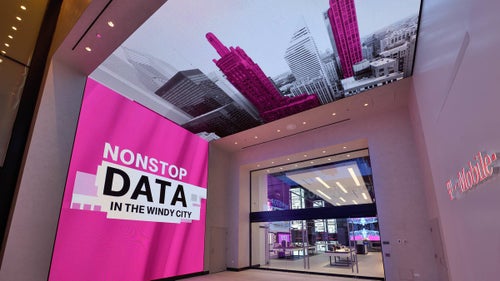
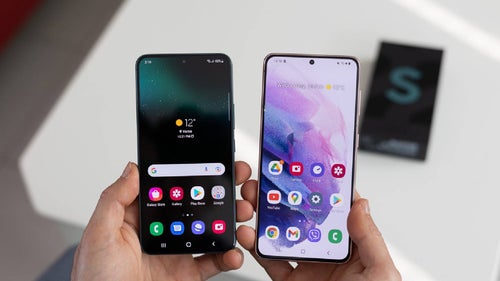
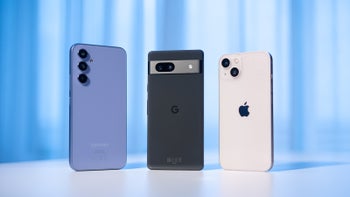
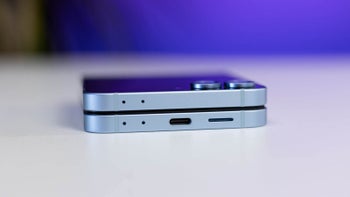
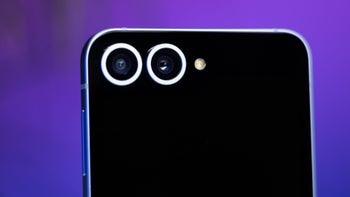
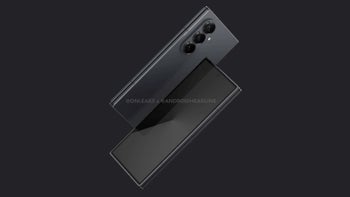
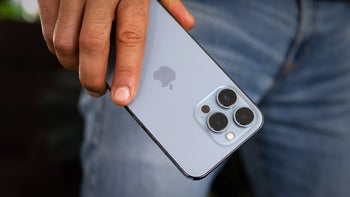

Things that are NOT allowed: